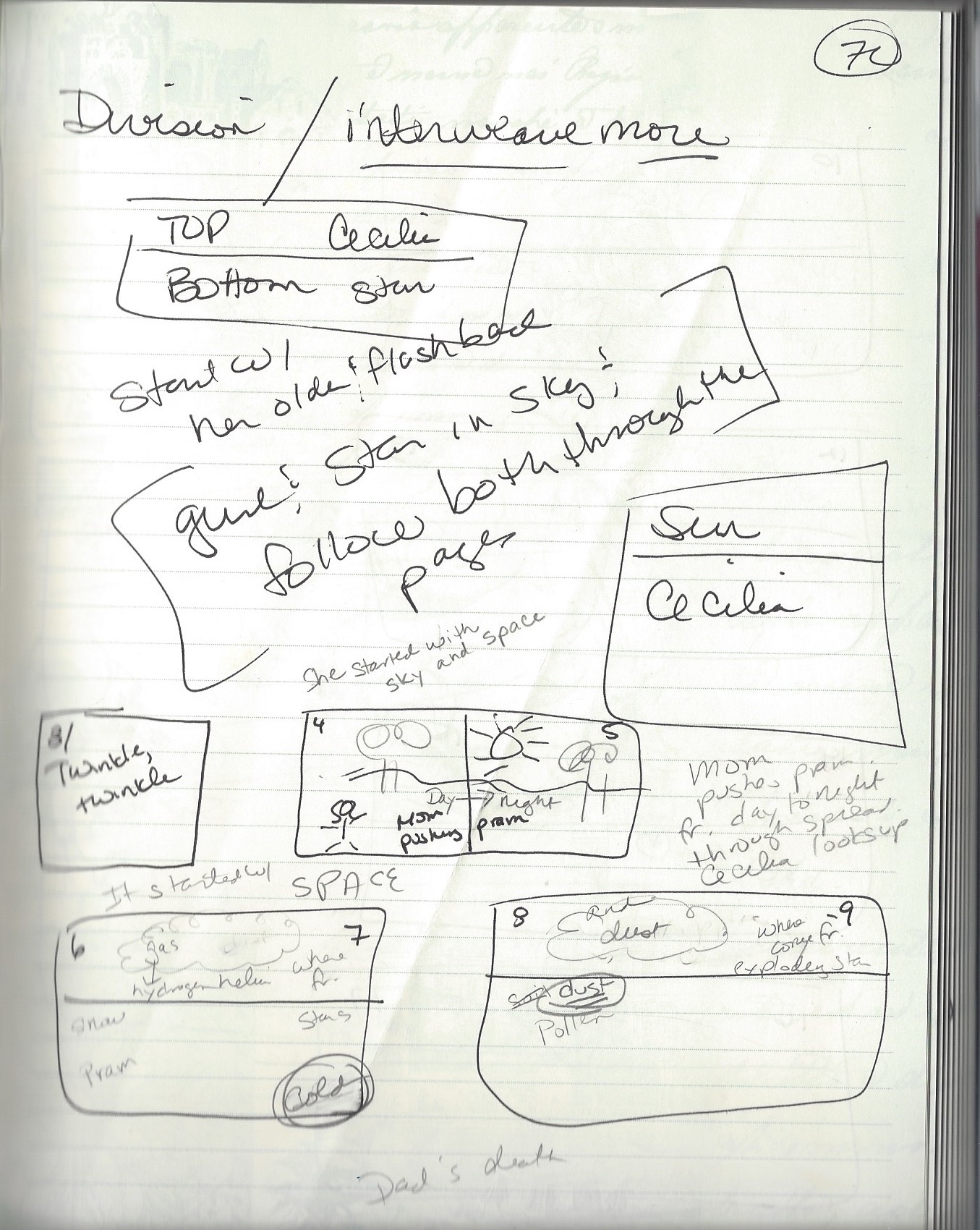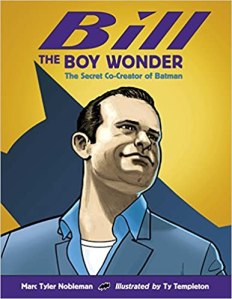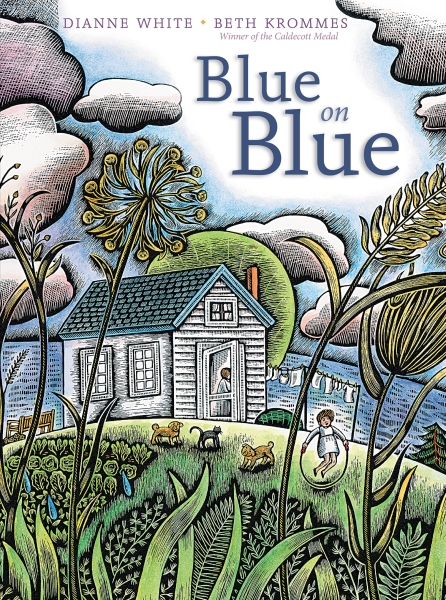Welcome to the second installment in the “Killer Concepts” series where we’re exploring:
- What makes a killer concept when it comes to a nonfiction (or any) book?
- What makes an idea jump out from a writer’s notebook and demand to be written?
- What makes editors snap it up?
- And what makes readers flock to the book and keep turning the pages?
(NOTE: If you want to explore these ideas in detail in a workshop environment, I invite you to join me for “Reimagining Your Nonfiction Picture Book” beginning June 8 at online The Writing Barn. Learn more and sign up here.)
Last month we looked at the first test: the logine test from Blake Snyder’s SAVE THE CAT. It’s a test focused on the external elements of the story — the character, basic plot, and the hooks that will pull readers (and editors) in. Today, we are going to shift focus to the internal and universal.



The Story Genius Approach
Many authors have read Lisa Cron’s books, STORY GENIUS and WIRED FOR STORY. This test comes from STORY GENIUS, and it’s simple indeed. Cron encourages us to ask “What’s Your Point?” It’s a question she asks even the youngest writers as they work to squeeze meaning from simple story prompts. She argues that writers must begin making their point on the very first page.
Cron’s question forces us to look at two things: the universal theme (or takeaway, as I like to call it) and the protagonist’s internal conflict and arc.
The Takeaway (your point)
The best nonfiction books aren’t simply collections of interesting facts. That’s for newspapers or magazines or even the internet. There has to be a larger meaning or takeaway for young readers. What message will resonate with them when they close the book? What will they take to heart in the process of reading the story? This is the takeaway.
The best way I know to get to the takeaway is to ask Cron’s question: “What’s your point?” Here’s “the point” for some of my books:
- Failure is to be expected, and perseverance pays off — WOOD, WIRE, WINGS, illus. Tracy Subisak
- Anyone can be a hero and change the world —A TRUE WONDER, illus. Katy Wu
- Discovering something new takes curiosity, hard work, and perseverance. — THE FIRE OF STARS, illus. Katherine Roy

All of my books are narrative. Yet, “what’s the point?” works for expository books too. One of my favorite expository books is Melissa Stewart’s PIPSQUEAKS, SLOWPOKES, AND STINKERS, illus. Stephanie Laberis. Stewart’s point is that sometimes what we see as weaknesses are really strengths. What a powerful point for kids!

Your point, your plot
Once you have your “point” in place, it becomes the endpoint for the book. That’s where your character’s journey winds up. So who is your character at the beginning? Where do they start? It should be as far away as possible from where they wind up. That way, their journey can be long and difficult and filled with ups and downs (plot events) that will help them learn the point.
In nonfiction, we don’t make things up, but it’s all about choices. We choose where to start the journey and where it ends. We choose what plot events contribute to the point we are trying to make. If you don’t know your point, you can’t know your plot.
Expository books may not have a plot, but they do have readers who change and come to a new understanding through reading the book. Your “point” (takeaway) is still an endpoint and likely makes up the last spread of your picture book. So where is your reader at the beginning? What assumptions or misbeliefs are they toiling under? What examples will best make your point and change your reader’s thinking? What order should they be arranged for maximum effect?
Talking about takeaway is something we do in the very first week of my nonfiction revision class, because I truly believe the point we are trying to make as writers influences every choice we make in terms of structure, voice, and more. You may not know your point in your first draft. Drafting may even help you find your point, but it’s critical to lock it down in revision.





















 TITLE:
TITLE: